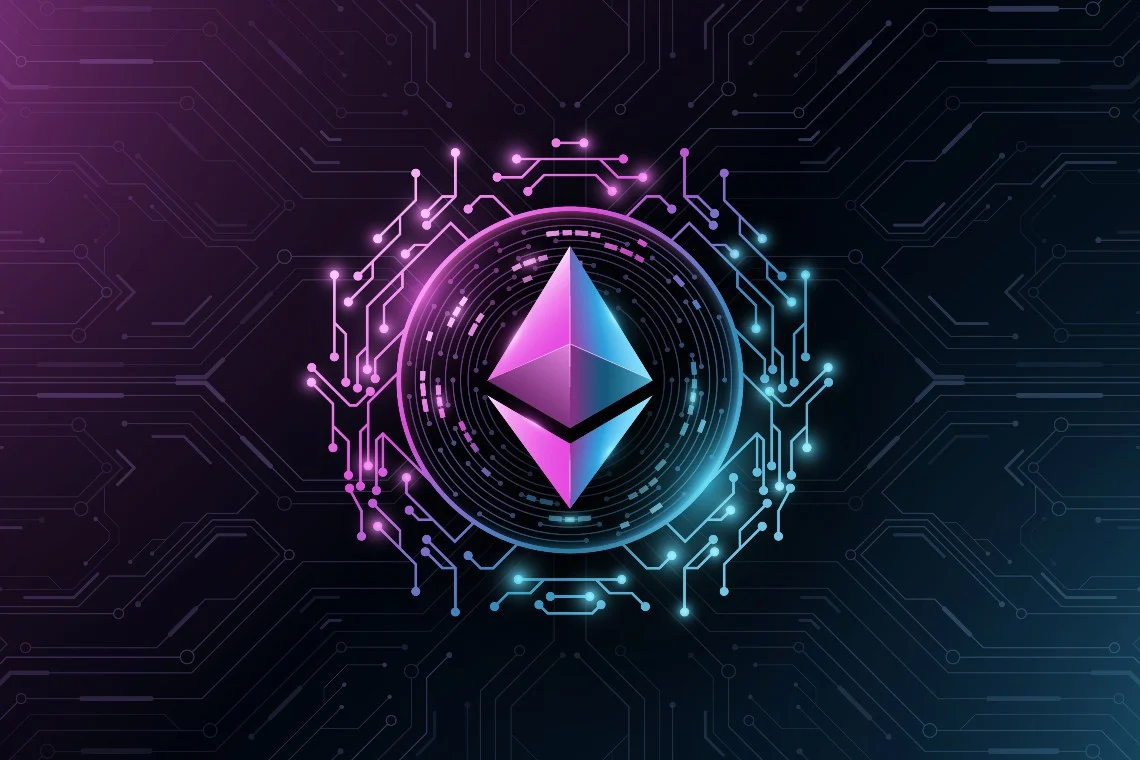|
Getting your Trinity Audio player ready...
|
Ethereum co-founder Vitalik Buterin recently made headlines by declaring that he has no plans to invest in layer 2 networks, despite moving $1.3 million worth of Starknet’s native token, STRK, just days earlier. Buterin made the statement in a post on X (formerly Twitter), where he also revealed that any proceeds from his layer 2 tokens would be donated to charity or reinvested into the broader Ethereum ecosystem.
His remarks come at a time when the value and role of layer 2 networks are hotly debated in the cryptocurrency community. The rapid growth of layer 2 solutions has sparked concerns about their impact on Ethereum’s mainnet revenues, further fueling the controversy.
Layer 2 Networks – A Growing Sector
Layer 2 networks have seen explosive growth over the past year. According to L2Beat, the Total Value Locked (TVL) in these networks surged by nearly 200%, reflecting their increasing importance in the crypto landscape. Layer 2 solutions like Arbitrum, Optimism, and Starknet offer scalability benefits by processing transactions off the Ethereum mainnet and settling them back onto the main blockchain, helping to ease congestion and reduce fees.
However, while layer 2 networks have flourished, layer 1 blockchains like Ethereum have experienced less growth. This divergence has sparked concerns about how layer 2 solutions are affecting Ethereum’s financial performance.
VanEck and Bitwise Weigh In
In its August 2024 Crypto Monthly Recap, asset manager VanEck highlighted how layer 2 solutions are impacting Ethereum’s revenues. VanEck noted that Ethereum’s monthly revenues dropped dramatically, from $6 million at the beginning of the year to just $1.2 million in August, as more transactions are processed on layer 2 networks rather than the main Ethereum blockchain.
Bitwise Invest CEO Hunter Horsley echoed VanEck’s concerns, noting that while layer 2s bring value back to Ethereum by using it as a settlement layer, they may have a “net negative” effect. Horsley pointed out that because layer 2s are closer to users, they could end up drawing value away from Ethereum, rather than bolstering it.
The debate over layer 2 networks has not only divided opinions within the Ethereum community but has also escalated into a broader conflict with rival blockchain Solana. Solana co-founder Anatoly Yakovenko recently referred to layer 2 solutions as “parasitic,” sparking a fiery exchange between Solana and Ethereum proponents.
Solana Labs’ Head of Communications, Austin Federa, later argued that what he called “L2-ish things on Solana” should be considered “Network Extensions,” not true layer 2 networks. Ethereum community members quickly countered this claim, with developer Ryan Berckmans dismissing the distinction as mere semantics.
As tensions rise between these blockchain communities, some voices in the crypto space are warning that this debate may be distracting from the more pressing issue: the slowdown in the overall layer 2 ecosystem. Recent data shows that TVL across the top five layer 2 networks has dropped, a reflection of broader bearish sentiment in the cryptocurrency market.
Also Read: Ethereum Plummets Below $2,400 Again – On-Chain Data Signals 21M ETH Flooding Exchanges
The Future of Layer 2s
As the battle over layer 2 solutions continues, it’s clear that the conversation is far from over. For now, Vitalik Buterin’s decision to distance himself from layer 2 investments highlights a growing uncertainty about their long-term impact on Ethereum and the broader blockchain ecosystem.
With both supporters and critics weighing in, the future of layer 2 networks could shape the next chapter in Ethereum’s evolution—and possibly the entire crypto space.
Disclaimer: The information in this article is for general purposes only and does not constitute financial advice. The author’s views are personal and may not reflect the views of Chain Affairs. Before making any investment decisions, you should always conduct your own research. Chain Affairs is not responsible for any financial losses.
A lifelong learner with a thirst for knowledge, I am constantly seeking to understand the intricacies of the crypto world. Through my writing, I aim to share my insights and perspectives on the latest developments in the industry. I believe that crypto has the potential to create a more inclusive and equitable financial system, and I am committed to using my writing to promote its positive impact on the world.




